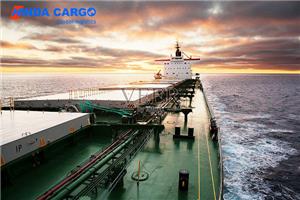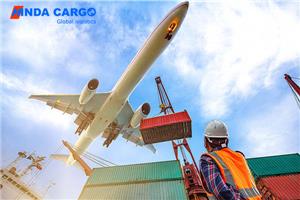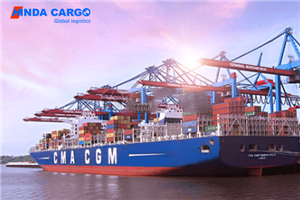What does CIF mean in international freight?
In the complex web of global trade, international freight terms determine the division of responsibilities and costs between buyers and sellers in a transaction. Understanding these terms is crucial for both newcomers and veterans of international trade.
As one of the common international trade terms, CIF (Cost, Insurance, and Freight) has a significant impact on the smooth progress of international trade. So, what does CIF mean? What are its advantages and challenges in actual operation? This article will explore this topic in depth.
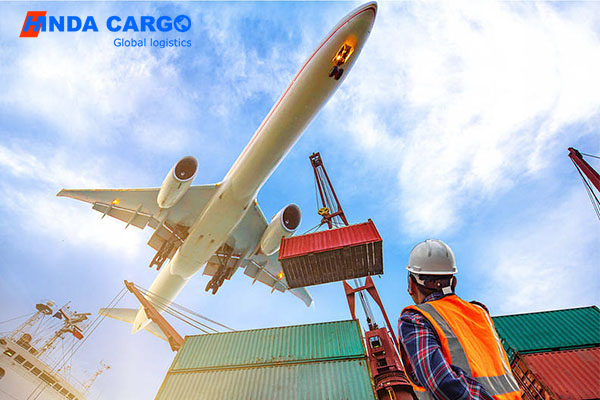
What is CIF?
CIF is one of the international trade terms, and its full name is Cost, Insurance, and Freight, which means "cost, insurance and freight". Under this term, the seller is responsible for all costs of transporting the goods to the designated port of destination, including the price of the goods, transportation costs and insurance costs.
Origin of CIF:
CIF is derived from the International Commercial Terms (Incoterms), which was formulated and promoted by the International Chamber of Commerce (ICC). Incoterms aims to standardize the use of terms in international trade and clarify the division of responsibilities, costs and risks between buyers and sellers. CIF, as one of the Incoterms, is widely used in sea and inland waterway transportation.
Main contents of CIF:
● Cost: The seller bears the production or purchase cost of the goods and is responsible for transporting the goods to the port of shipment.
● Insurance: The seller needs to purchase insurance for the goods, and the insurance amount is usually 110% of the value of the goods.
● Freight: The seller bears the cost of transporting the goods to the designated port of destination.
Specific operation process of CIF:
In order to better understand how CIF terms work, we will analyze it in detail with a case of exporting from China to the United States.
1. Contract signing
The two Chinese and American companies reached a deal using CIF terms. The contract clearly specifies the specifications, quantity, price and destination port (such as Los Angeles Port) of the goods.
2. Production and preparation
The seller (Chinese company) produces or purchases the goods according to the contract requirements, and packages and labels them. The seller also needs to prepare necessary export documents, such as commercial invoices, packing lists and certificates of origin.
3. Transportation and Shipping
The seller arranges for the goods to be transported from the factory or warehouse to the port of shipment (such as Shanghai Port) and is responsible for the port loading and unloading costs. The seller selects a reliable shipping company and pays the freight to transport the goods to the destination port.
4. Insurance Purchase
The seller purchases marine insurance for the goods, usually Class C insurance, which covers basic risks. If the buyer requires a higher insurance level (such as Class A or B insurance), it needs to be specified in the contract and the buyer will bear the additional costs.
5. Customs Declaration and Export
The seller prepares and submits export customs declaration documents and declares the export to the Chinese Customs. After completing the customs declaration procedures, the goods are loaded and set sail.
6. Arrival and Customs Clearance
After the goods arrive at the Port of Los Angeles, the buyer is responsible for the customs clearance procedures, including paying import duties and other related fees. The buyer also needs to arrange for the goods to be transported from the port to the final destination.
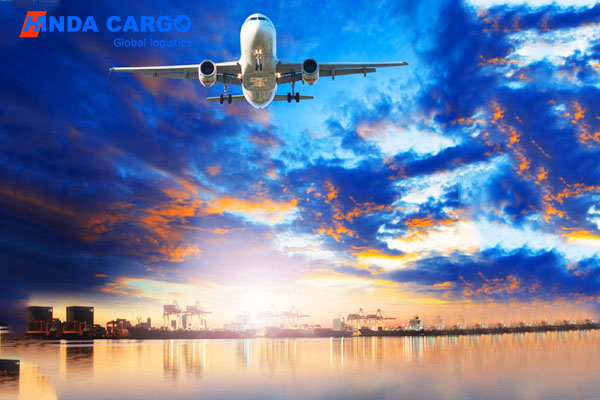
What are the advantages of CIF?
1. The seller bears more responsibilities
Under CIF terms, the seller is responsible for all costs and risks of transporting the goods to the destination port, which is extremely convenient for buyers, especially those who lack international logistics experience. The seller's responsibilities include transportation, insurance, and loading and unloading, and the buyer only needs to deal with customs clearance and inland transportation after arrival at the port.
2. Transparent costs
CIF terms clarify the seller's responsibilities and expenses, allowing buyers to clearly understand the total cost when purchasing. Buyers do not need to worry about hidden fees or additional expenses, which helps buyers manage their budgets and control costs.
3. Risk sharing
By purchasing insurance for the goods, CIF terms effectively share the risks during transportation. Even if an accident occurs during sea transportation, insurance can provide certain protection and reduce the buyer's economic losses.
What are the disadvantages of CIF?
1. Seller control
Under CIF terms, the seller is responsible for selecting the transportation company and insurance company, and the buyer has less control over the transportation process. If the transportation or insurance service selected by the seller is of poor quality, it may affect the safety and on-time arrival of the goods.
2. Limited insurance coverage
Although the seller purchases insurance for the goods, it usually only covers basic risks (such as C-level insurance). For special goods or high-value goods, such insurance coverage may be insufficient. If the buyer requires a higher level of insurance, it needs to negotiate with the seller in advance and bear the additional costs.
3. Customs clearance complexity
After the goods arrive at the port of destination, the buyer needs to handle the customs clearance formalities on his own. Customs clearance policies and procedures vary from country to country, which are complex and time-consuming. The buyer needs to have certain customs clearance knowledge and operational capabilities, otherwise it may cause goods delays or additional costs.
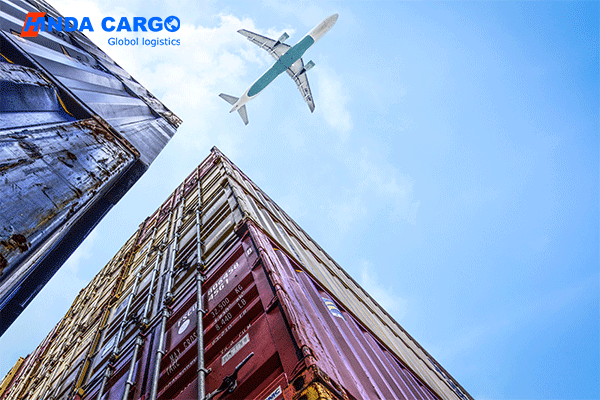
Application of CIF in different countries
1. China
China is one of the world's largest exporters, and CIF terms are widely used in China's foreign trade. Chinese export companies usually have rich international logistics experience and can effectively manage and control transportation and insurance matters under CIF terms.
2. The United States
As one of the world's major importers, the United States often uses CIF terms in trade with China, Europe and other regions. Through CIF terms, American companies can reduce their dependence on international logistics and focus more on market development and sales.
3. Europe
European countries also frequently use CIF terms in international trade. Through CIF terms, European companies have smoother trade cooperation with Asia, Africa and the Americas, reducing logistics and transportation risks.
Conclusion
As a common term in international trade, CIF clarifies the seller's responsibilities and expenses in transportation and insurance, and provides a clear transaction framework for both buyers and sellers.
Although CIF terms have their advantages, in actual operations, companies need to comprehensively consider factors such as logistics capabilities, risk tolerance and cost control to choose the most suitable trade terms.

